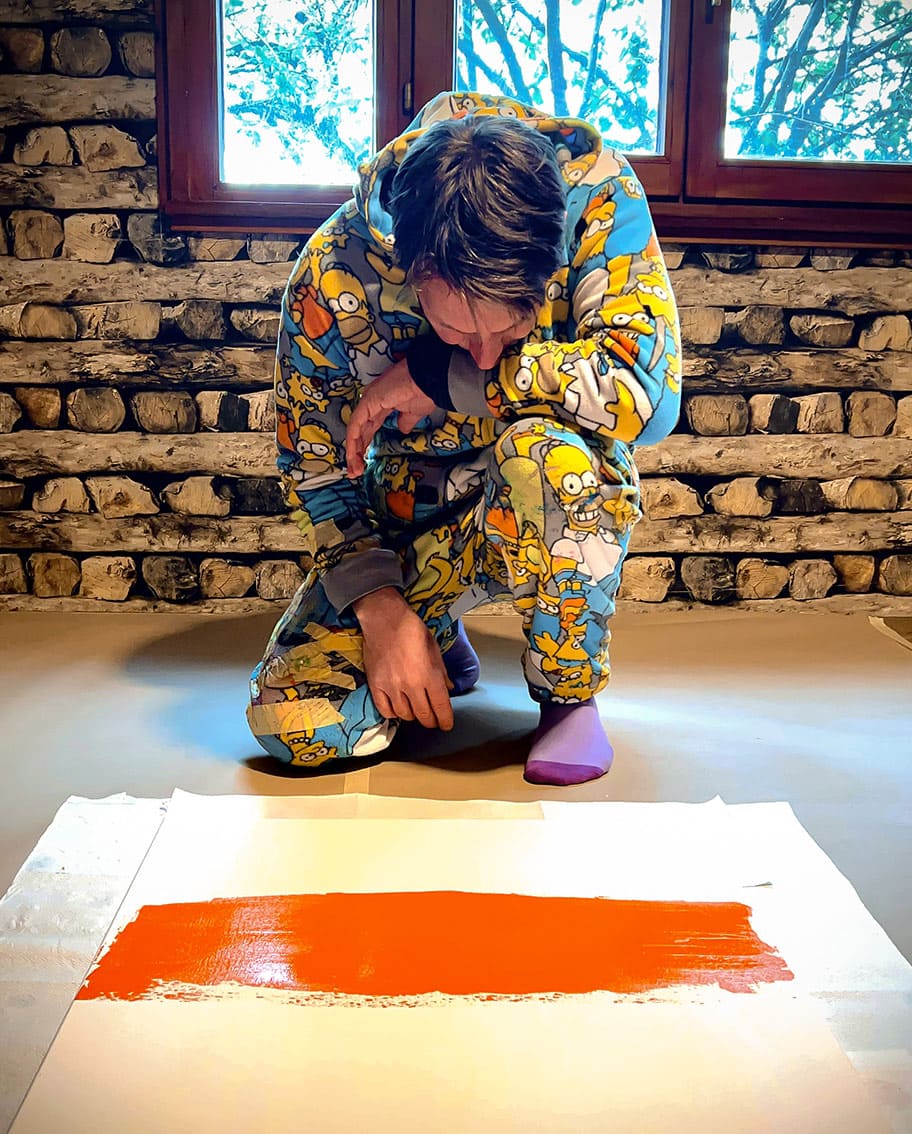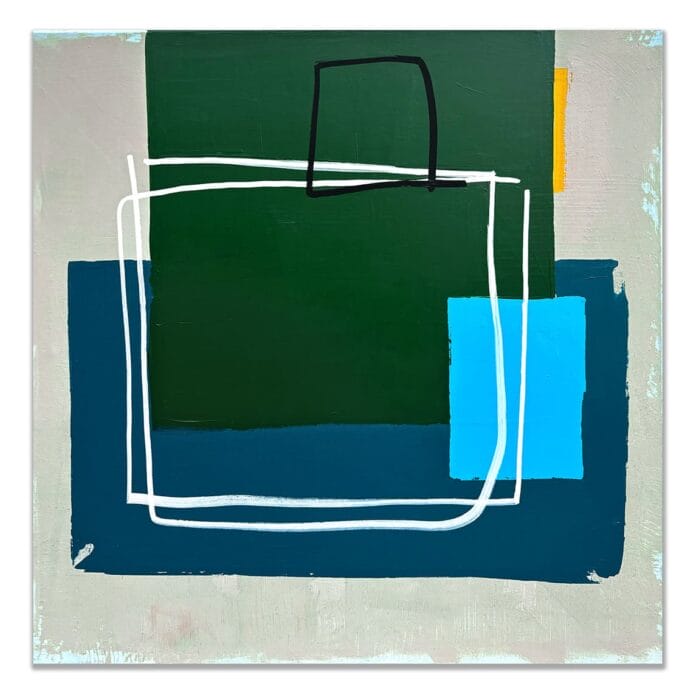Torsten Trantow, born in 1975 in Germany, has had a love for creativity for as long as he can remember. From his earliest years, he felt a natural pull toward colour, design, and harmonious composition. A career in graphic design became the first professional expression of this passion, allowing him to shape illustrations and visual concepts for book publishers and media agencies. While his daily craft involved digital tools, his process always began with the simple, grounding act of sketching by hand, a ritual that connected him to his artistic core.
The Limitations of Structure
While the discipline of design honed his skills and gave him a platform for expression, it also imposed boundaries. Graphic design demanded precision, adherence to briefs, and a constant balancing of creativity with the needs of a client. Over time, Trantow began to feel a quiet but persistent pull toward something more personal and less constrained.
The shift to painting was not sudden; it required a period of reflection and maturation. It was during this time that he began to see abstraction as a path toward the kind of creative liberation he had been longing for. Where design was orderly and defined, abstraction promised openness, unpredictability, and a deeply personal form of expression.

Embracing Abstraction
For Thotra, abstraction became a vast ocean of possibility. It was an art form where instinct could lead the way, and emotions could hold more weight than structure. Each brushstroke was an act of trust, each choice of colour a dialogue between his inner world and the evolving work on the canvas.
Textures, colours, contrasts, and layers became the terrain of his exploration. Every painting held an element of risk, an invitation to push beyond comfort zones and embrace uncertainty. In this unbounded environment, he could channel feelings that might defy verbal articulation, communicating directly through colour and form.
Foundations in Design
The years spent in illustration and graphic design were not left behind; they became an invisible backbone to his abstract practice. Mastery of colour theory, harmony, balance, and perspective now worked in tandem with intuition, offering just enough structure to guide his creative freedom without restraining it.
Deadlines, revisions, and client expectations had taught him resilience, adaptability, and the discipline needed to sustain a professional art practice. In abstraction, these same skills translated into a confident handling of composition and an understanding of how to control visual tension, even in the most spontaneous of works.
The Role of Colour and Emotion
Colour selection in Thotra paintings is a nuanced blend of learned expertise and instinctive feeling. Each palette is carefully considered for the way tones interact, the emotions they provoke, and the narrative they create together.
In his current Espoir series, earthy greys are juxtaposed with vibrant hues, creating a visual dialogue between grounded stability and flashes of optimism. This interplay evokes a subtle but persistent sense of hope amid life’s uncertainties. Here, Trantow’s design training intersects with his abstract vision, producing works that feel deliberate yet organic.
Espoir Series: A Study in Contrast and Connection
The Espoir series exemplifies Thotra’s ability to merge technical knowledge with emotional resonance. One standout piece, Abstract Painting E/15 (2025), is an acrylic on canvas composition enriched with marker detailing. This combination of media creates a layered, tactile surface that invites close inspection.
The earthy greys form a steady backdrop, while bursts of vibrant colour pulse with energy across the canvas. The contrasts are both visual and emotional calmness against vitality, uncertainty against possibility. The result is a painting that engages the viewer on multiple levels, offering both immediate visual impact and a deeper emotional aftertaste.
Artistic Philosophy
For Thotra, the process of creating is as important as the finished piece. Painting is a dialogue, not a predetermined act. He enters the studio with openness rather than rigid plans, allowing the work to evolve in conversation with his emotions and environment. This approach reflects his belief that abstraction should be alive, reactive, and capable of surprising even its creator.
He also sees art as an exploration of inner landscapes, places that can be felt but not easily named. By freeing himself from the constraints of representation, Trantow taps into the purest form of visual communication, where every mark is a direct trace of a thought, feeling, or instinct.
From Design to Discovery
The journey from graphic design to abstract painting is not a rejection of his past but a transformation of it. The meticulousness of design remains present in his art, not as a limitation but as a hidden architecture beneath the free-flowing gestures of his brush. His work is a testament to the idea that structure and freedom are not opposites but partners in creation.
Through abstraction, Torsten Trantow has found a way to honour both the precision of his training and the boundless nature of his imagination. His paintings speak a language of contrasts, order and chaos, control and surrender, calmness and vibrancy, inviting viewers to find their own stories within his layered compositions.


